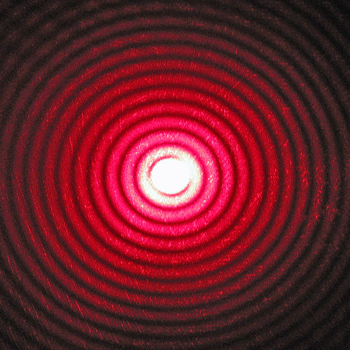Question #5ba9f
1 Answer
Typically it's the Hydrogen, in it's protonated form
Explanation:
Generally and according to the Bronsted-Lowry acid-base theory, an acid is any species that can transfer a proton (
So the most common acids have a hydrogen (or proton) to donate, e.g. hydrochloric acid
It's important to remark that not every species that has hydrogen it's an acid, it has to be a hydrogen that they can transfer or donate !.
You can also classify this acids into weak, medium and strong acids.
And there is another type of acids that doesn't involve the transfer of a

